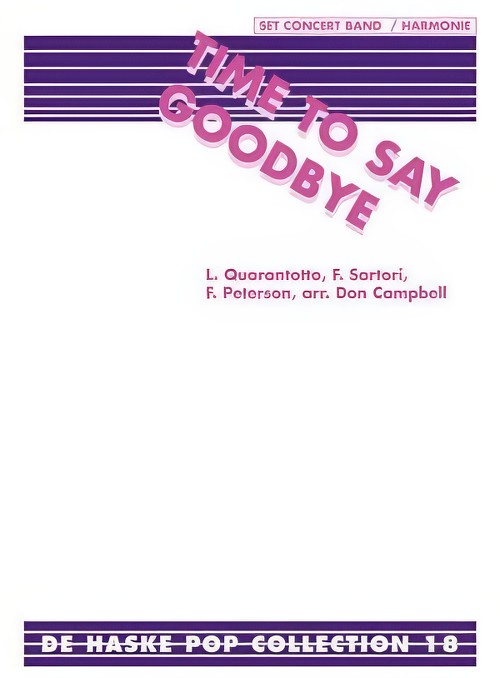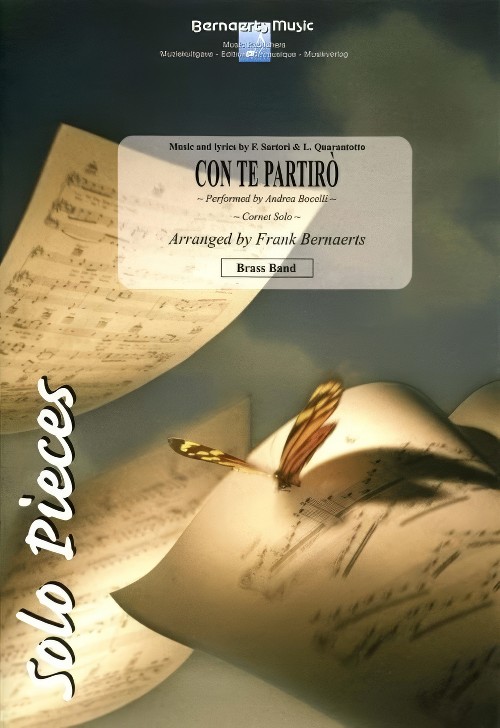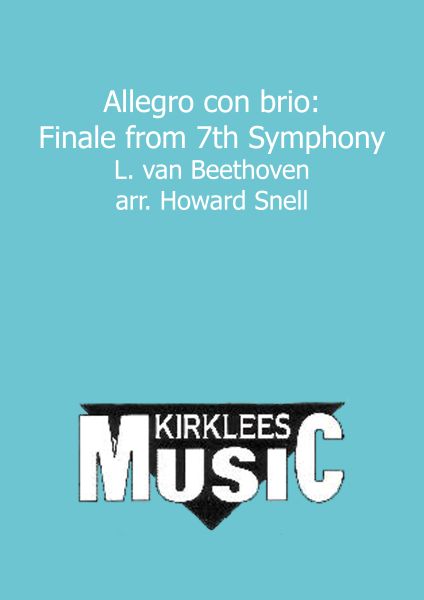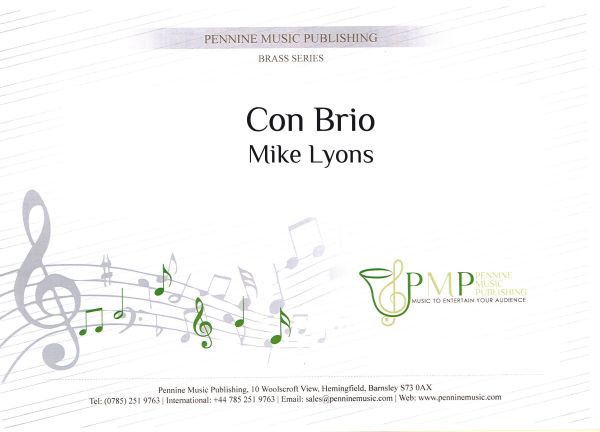Results
-
 £92.00
£92.00Con Fuoco - Jean Balissat - Bertrand Moren
Estimated dispatch 5-14 working days
-
 £92.00
£92.00Con Air - Mark Mancina - Jirka Kadlec
Estimated dispatch 5-14 working days
-
£60.99
Eros Con Fuoco - Eros Ramazzotti - Sven Van Calster
A medley of songs from one of today's most celebrated pop stars, Eros Ramazotti, is certainly a challenge for every arranger. Sven Van Calster has made a great job of it, including "Un grosso no", "Cose della vita" and of course "Se bastasse una canzone".
Estimated dispatch 5-14 working days
-
 £92.00
£92.00Time to say Goodbye/Con te partiro - Andrea Bocelli
Estimated dispatch 5-14 working days
-
 £54.99
£54.99Time to Say Goodbye (Con te Partiro) (Brass Band - Score and Parts) - Campbell, Don
Duration: 4:00
Estimated dispatch 7-14 working days
-
 £53.99
£53.99Con Te Partiro (Cornet Solo with Brass Band - Score and Parts) - Quarantotto & Sartori - Bernaerts, Frank
Trumpet, Cornet or Flugel Horn Solo. Performed by Andrea Bocelli. Duration: 04:10
Estimated dispatch 7-14 working days
-
 £44.95
£44.95Allegro con brio: Finale from 7th Symphony
Estimated dispatch 7-14 working days
-
 £24.50
£24.50Con Brio
Estimated dispatch 7-14 working days
-
£24.50
Carol Of The Bells - Leontovich - Graham Boag
For bands looking to deliver an energetic performance over the festive season, look no further. Though previously well catalogued, the work became known more widely around the globe thanks to its use in John Williams' score to 'Home Alone'. This arrangement by Graham Boag allows all sections of your band to shine and enjoy the music that is marked 'Con Energico!'. At around two minutes in duration, this item works great as an attention grabbing piece, perfect as an opener to either half, or indeed an encore not to be missed! For Christmas 2020, we have made backing tracks of this title for you to download. These can be used either for personal playback use, or to create a virtual performance of the piece with your full band. To download the backing track, please RIGHT CLICK HERE & Save As .
In Stock: Estimated dispatch 1-3 working days
-
 £33.66
£33.66Gobsmacked! (Brass Band) Robbert Vos
VIEW SCORE PDF Gobsmacked was commissioned by Ravnanger Brass Band (Norway). The composer Robbert Vos writes: 'Gobsmacked is composed as an opening or encore piece which, as the title already reveals, is meant to surprise or overwhelm the audience! After a brief opening fanfare, the main theme is introduced by the solo cornet and euphonium. An accelerando leads to a quick movement, where this main theme is transformed into a con brio. In this section there's a lot of energy to be unleashed and every band member plays a roll in creating that. Throughout the piece there are many surprises, for example some unexpected time changes, percussion effects to wake you and some trombone glissandi to make you smile. After a short and atmospheric reminiscence by the flugel to the solos from the beginning of the piece, there comes a brief percussion interruption which leads to a reprise of the con brio, but this time in slightly different form. This all comes together in the finale where a big accelerando will lead to an exciting close.' Sheet music available from: UK - www.brassband.co.uk USA - www.solidbrassmusic.com Difficulty Level: 1st Section + Instrumentation: Soprano Cornet Eb Solo Cornet Bb Repiano Cornet Bb 2nd Cornet Bb 3rd Cornet Bb Flugel Horn Bb Solo Horn Eb 1st Horn Eb 2nd Horn Eb 1st Baritone Bb 2nd Baritone Bb 1st Trombone Bb 2nd Trombone Bb Bass Trombone Euphonium Bb Bass Eb Bass Bb Timpani Percussion 1-4
In Stock: Estimated dispatch 1-3 working days
